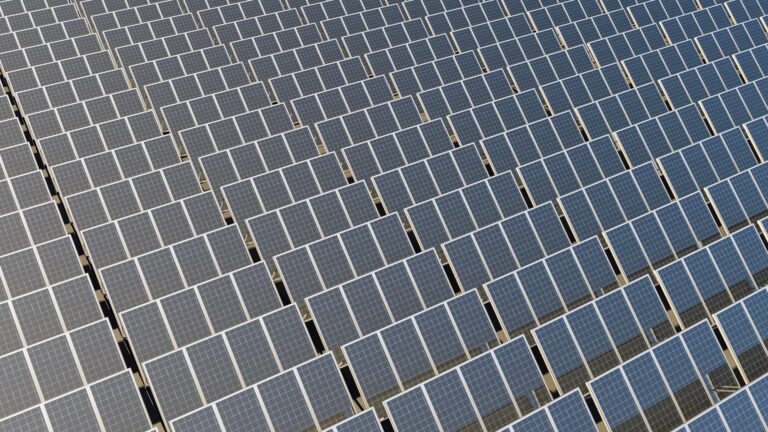
20 February 2023
By Jack Sorensen
Grid congestion represents an inevitable challenge in the transition to clean energy, and with solar and wind now making up 26.5 per cent of the National Electricity Market’s (NEM) installed capacity we are starting to see the impact of renewable energy. The issue arises because across the country electricity grids have historically been built around a small fleet of large fossil fuel generators close to major population centres. As these generators are retired they are being replaced by a growing fleet of decentralised Variable Renewable Energy (VRE) generators which are being built in rural areas with abundant sunshine and wind, large swathes of available land, but also weaker transmission infrastructure.
With more and more VRE generators connecting in regional areas, they can collectively start to overwhelm and congest the local network with more power than it can carry. As a result AEMO is regularly forced to intervene and curtail these generators in order to prevent catastrophic damage and blackouts.
The Battery Storage and Grid Integration Program has analysed data from all 359 NEM participants that have been impacted by congestion in the past four years to determine just how big the issue is, where are the hot spots and which generators are being hit the hardest. The findings were shared in our submission to the Energy Security Board’s Transmission Access Reform (TAR) stakeholder consultation last December.
The overall level of curtailment due to congestion amounted to 1.22 TWh or 0.59 per cent of annual generation in 2022. Many following the policy discussion may have expected this number to be larger, with the issue seemingly overstated throughout much of the consultation. Nonetheless, with AEMO forecasting a nine-fold increase in VRE capacity through to 2050 the issue is likely to become much greater in the coming years – we have already found that curtailment of VRE generation rose from 1.79 per cent in 2019 to 2.43 per cent in 2022.
Despite being relatively small overall, this curtailment is distributed very unevenly among NEM participants. Renewables are disproportionately impacted by congestion, making up over 90 per cent of curtailed energy in 2022. Ranking generators by their total annual curtailment we can see that renewables take out 46 of the top 50 spots. The worst affected generators are the neighbouring Molong (52.7 per cent) and Manildra (47.9 per cent) solar farms in central-west New South Wales. These are followed by a pack of 18 solar and wind farms with between 5-20 per cent curtailment, most of which are related to the ‘rhombus of regret’ hotspot in south-west NSW, and the ‘line of losses’ hotspot in central-west NSW. However, the overwhelming majority of other generators in the NEM experienced less than two per cent curtailment in 2022.
Congestion represents a financial risk for generators, as curtailed energy is unable to be sold in the NEM, and is by extension ineligible for other revenue streams like Large Scale Generation Certificates. Further, it is likely to drive prices up, as the cheap renewable energy being curtailed must be replaced by more expensive energy sourced elsewhere in the grid.
Well-located batteries and grid-scale storage have potential to relieve congestion and enable more renewables to enter the grid by charging to absorb the excess power. The ESB has been exploring the concept of a congestion-relief side market aimed at providing an explicit incentive for them to do so. However we have found that even without this explicit incentive, the existing market conditions usually do provide the necessary price signal.
Explainer: What is congestion and curtailment in the National Electricity Market?
